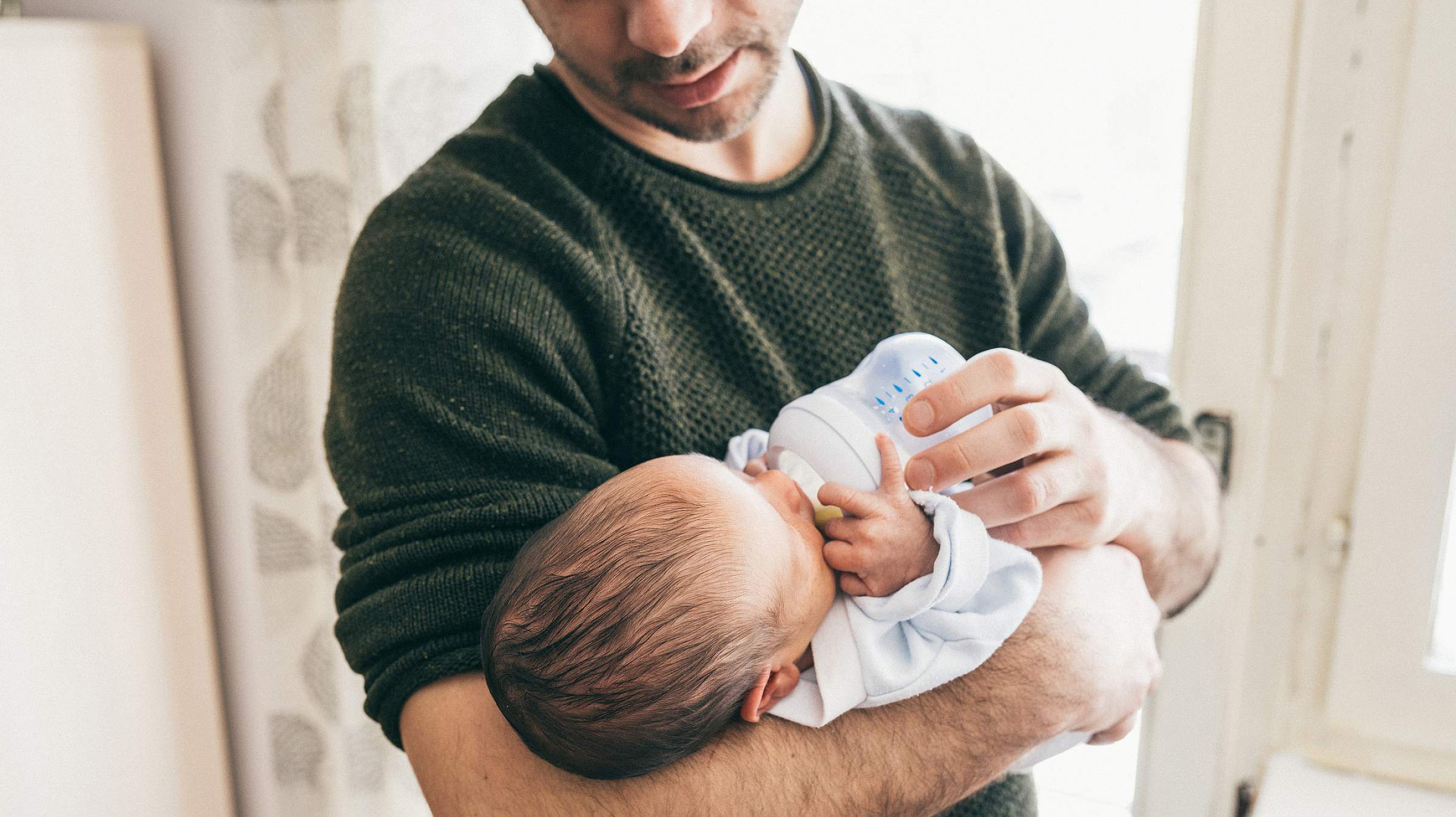
Safe Sleep Guidelines for Baby and Reducing SIDS
Parents of newborn infants should prepare for a new addition to their family—and a new roommate as well. The American Academy of Pediatrics (AAP) recommends that babies sleep in the same room as their parents for at least the first six months of life to reduce the risk of sudden infant death syndrome (SIDS).
"It makes a lot of sense," says Cindy Gellner, MD, a pediatrician at University of Utah Health. "Having your baby in the same room will make it easier to monitor them and alert you to any signs of distress."
Room Sharing, Not Bed Sharing
While room sharing is encouraged, bed sharing is not. Babies should sleep in a separate, safe space such as a crib or bassinet.
Safe Sleep Guidelines:
- Use a crib, bassinet, or other approved sleeping space.
- Place baby on their back to sleep.
- Use a firm, flat surface.
- Keep the sleep space bare—no soft bedding, crib bumpers, pillows, blankets, or stuffed animals.
“By putting a baby in a bassinet, you reduce the risk you may accidentally roll on top of them,” Gellner says. “Also, by making sure their crib is relatively bare, you reduce the risk of accidental suffocation.”
Keeping Baby Warm—Safely
If you're worried about your baby being cold:
Try:
- Swaddling with a Velcro swaddle blanket designed for infants.
- Using a sleep sack.
Avoid:
- Blankets in the crib.
- Overheating your baby.
- Weighted swaddles, which are not considered safe.
“Put your baby in layers that you can remove if they get hot,” Gellner says. “Keep in mind—if a room is a comfortable temperature for you, it's probably a comfortable temperature for your baby.”
Understanding the Risks of SIDS
SIDS is a real and tragic risk for many families. About 3,500 babies die of SIDS each year in the U.S.
Key statistics from the AAP:
- Risk of infant death is 5 to 10 times higher when bed sharing with a baby under 4 months old.
- Sleeping with a baby on a couch or armchair increases the risk 67 times.
- Co-sleeping with someone who is impaired increases risk 10 times.
The AAP offers several additional recommendations to protect your baby during sleep:
- Feed baby breast milk for at least six months (partial breast milk feeding for at least two months also helps).
- Stay up to date on routine immunizations.
- Offer a pacifier at nap time and bedtime.
- Avoid products that claim to reduce SIDS risk, including unproven sleep devices.
- Practice supervised tummy time while baby is awake.
Don’t Let Your Guard Down Too Soon
While the risk of SIDS is highest in the first six months, it’s still important to follow safe sleep guidelines as your baby grows.
- Always place them on their backs to sleep.
- Avoid naps on couches or other soft surfaces.
- Continue using a safe sleep environment.
“This is your child and their safety should be your main consideration,” Gellner says.
Is My Newborn Pooping Normally?
Wondering about your newborn's pooping habits? Learn when to relax and when to worry about your baby’s digestive health. Discover the signs that indicate normal processes and those that might require a visit to the emergency room.
How Skin-to-Skin Contact Benefits Both Baby and Parents
Learn about the nurturing impact of skin-to-skin contact, also known as kangaroo care. This gentle practice helps stabilize a baby’s vital signs and fosters deeper bonds between parent and child.
Newborn Vomiting vs. Spitting Up: A Parent’s Guide to What’s Normal
Is your infant vomiting or spitting up? Learn about the sometimes-confusing differences and the mechanics behind each response, as well as the clear signs of when spitting up might be symptomatic of something more serious.
Common Questions About Feeding Your Child
"What formula should I give my new baby?" "When should I start introducing other food groups?" "What do I do if my child only wants to eat junk food?" Parents have a lot of questions about the basics of feeding their child.









